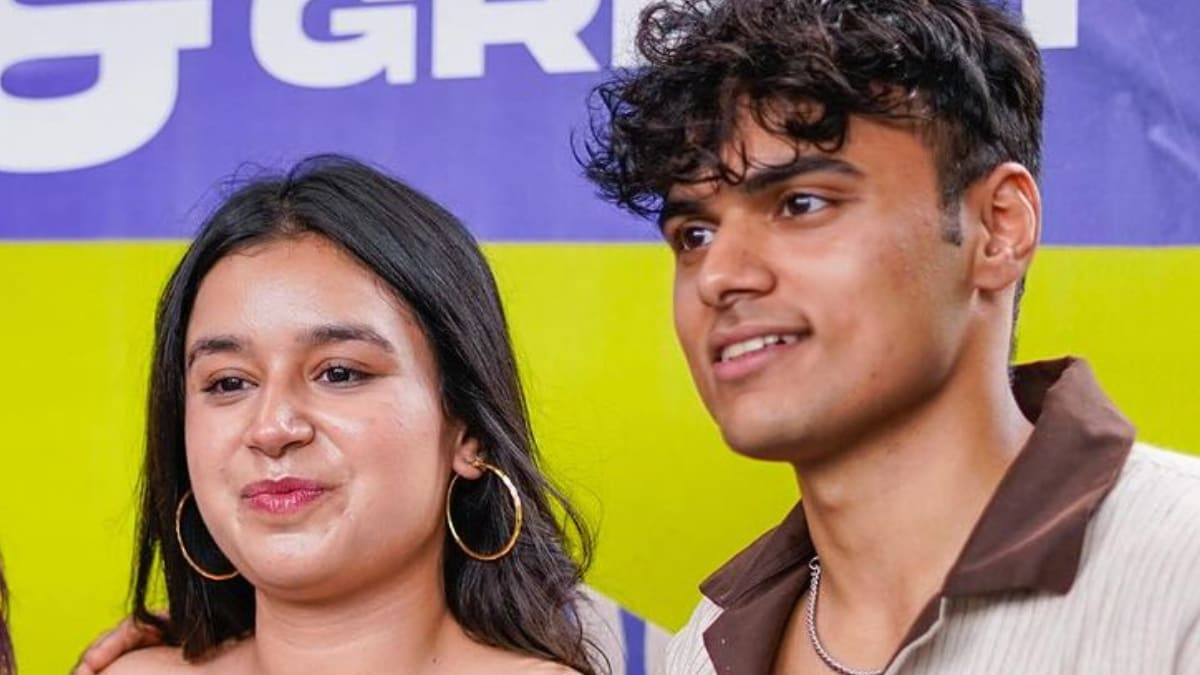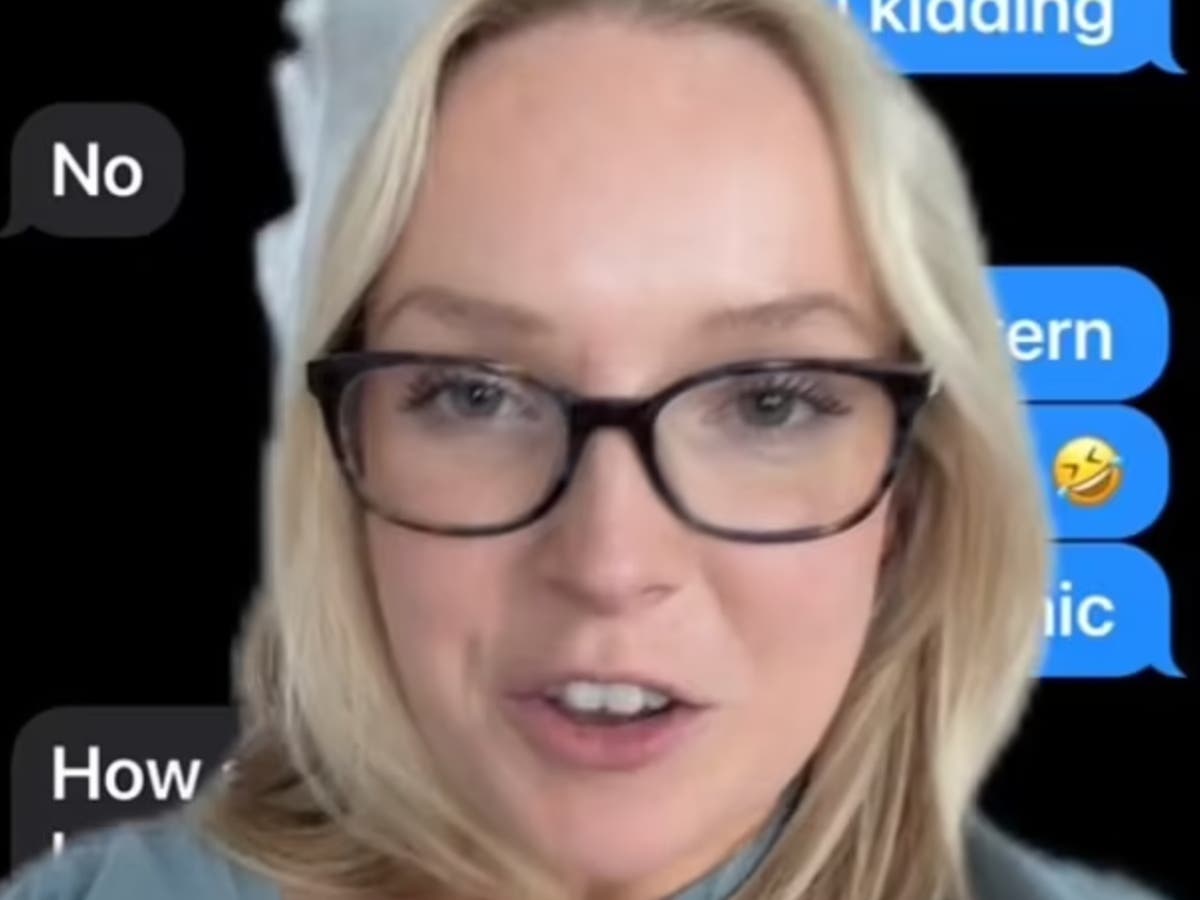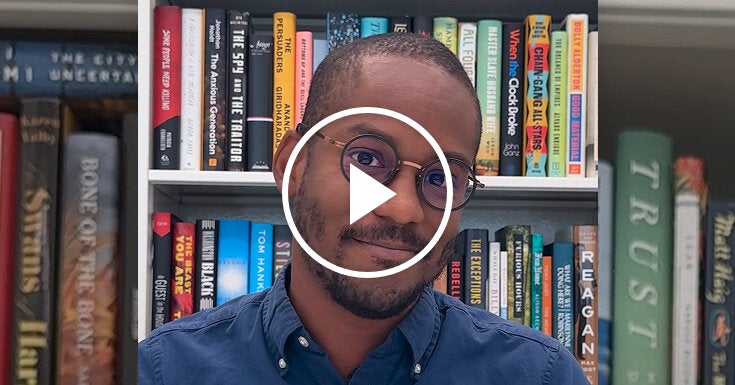Hosted by Aishwarya Singh and Aryaan Misra, The Desi Crime Podcast delves into the most gripping true crime stories from South Asia and its diaspora. Originally from India, Aishwarya traveled widely and settled in the US in 2019. Her passion for true crime and her love for storytelling found a perfect outlet in this podcast. Aryaan, embodying a mix of gym-buddy enthusiasm and poetic sensitivity, co-hosts the show, driven by a shared interest in crime and storytelling.
The podcast was born out of Aishwarya and Aryaan's realization of a gap in the true crime genre within the South Asian context. During their college days at Michigan, they noticed the lack of such content and decided to fill the gap, especially after the COVID-19 pandemic brought them back to India with enough time to pursue this passion.
With a meticulous research process, the hosts ensure that each episode is well-researched, empathetic and engaging. Its goal is to raise awareness about crime issues while highlighting the cultural context of each story. The future of the podcast looks bright with plans to expand into video content and possible collaborations with OTT platforms for longer storytelling projects.
Question 1: What inspired you to launch The Desi Crime Podcasts?
Answer 1: What inspired the launch of the Desi Crime Podcast was the coming together of many coincidental factors. One of them was that I, Aishwarya, have always been a big crime fan. I witnessed firsthand the rise in the West of true crime podcasts, podcasts in general, and investigative podcasts. From that boom onwards I found content that I personally consumed daily. So when Aaryan and I were two broke college students in the middle of nowhere in Michigan, USA, I was constantly pestering Aaryan to listen to some of my favorite podcasts. “Why don't you listen to any Indian podcasts?” There was a split-second silence between the two of us. We spent the rest of the night doing our own research and realized that there were none in the true crime genre coming from India or South Asia in general. That's where we identified this gap in the market of a country that has historically loved true crime, be it Crime Patrol or Saavdhan India. We've always loved the genre, but there wasn't anything in the podcasting space that offered that content to people. Soon after, COVID hit, the university closed and we returned to India with nothing to do. That's when we started the Desi Crime Podcast. It was the perfect marriage of my passion for true crime, Indian stories that needed to be told and Aaryan and my collective passion for storytelling and debating, having been debaters and speakers in high school.
Question 2: Could you give us some insight into your research process for each episode? How do you choose the stories to cover?
Answer: It's a long process and perhaps the most important part of creating and publishing an episode because that's really the part where we can really do justice to the victim's story is in the investigation. We are very demanding with the type of sources we use, obviously we first look for primary sources and then secondary ones. They could be in the form of a book written by someone associated with the case, first-hand interviews online, of course. It could be in the form of research carried out by professors related to a case. For example, the massacre of the Nepalese royal family had a very influential professor in London who had done enormous research work on it, which was very helpful. All these sources are very important. Court documents, although rarer to find in India and not as easily accessible, are very important when we find them. When that doesn't work, we see if we can contact people associated with the case, whether it's a police officer, a family member of the victim, or the victim themselves. We can see if we can find their social media platforms, their email IDs and contact them for our investigation. Research takes a long time. It is a five to seven day process for any individual case because we try to do a thorough job with the facts.
Unfortunately, in India, even news channels differ in terms of the facts they give us and the narrative they weave. That's why it's important to get in touch with these primary sources and be able to tell that story correctly. How we choose to cover certain stories over others, any individual case must meet a certain number of criteria. One of them is that it must be South Asian in nature. That could be based in South Asia or in the South Asian diaspora outside of South Asia settled in the West.
These cases must have a story to tell, which is an unfortunate reality: at the end of the day, these stories must be entertaining because if the victim's story is to be served, the story must reach a broader audience. and to reach a wider audience, it must be attractive enough. In any case, there needs to be a story to tell that can be woven into a very interesting narrative for any individual episode. Then we try to play with the South Asian country we cover so we can have a healthy mix of the area we're trying to represent. We try to make sure we cover different types of crimes. So we will not limit ourselves to just the quintessential serial killer, but we will talk about financial crimes, crimes related to dating applications that are increasingly common now, honor killings, crimes related to dealing and disappearances. We try to have a mix of different crime genres when we choose a story.
Question 3: Have you ever encountered unexpected or particularly difficult aspects while researching or recording an episode? How did you navigate them?
Answer: An unexpected or difficult problem we have encountered when investigating an episode has always been the lack of information about the cases. In India and South Asia in general, unlike the West, we do not have proper online databases that collect complete information about a case. We do not have access to public records properly. It is incredibly difficult, practically impossible, in 97 per cent of the cases, I would say, to find the FIR report or a court document of the final verdict. It's very, very difficult for cases, even though it may be a very high-profile case, if it's a little bit old, you're going to have a very hard time finding those primary source documents. That's always a huge pain because without them, you're relying on journalistic fervor and rigor at the time the crime is committed. As we know, journalistic rigor ebbs and flows according to the attention a crime receives. So in the 1970s, a case may not have caused as much of an impact as it did after a movie was made or something. It is incredibly difficult to find sources from the 1970s, 1980s and 1990s. If India is difficult, countries like Pakistan, Bangladesh and Nepal also find it incredibly difficult to find adequate documented databases with online resources to conduct proper research for these cases .
Question 4: How do you maintain empathy and humanity towards the perpetrators, despite the heinous nature of their crimes?
Answer: One of the consequences of covering more than 120 true crime cases in the last four years is that we have been forced to take a deep dive into the brain of the criminal. When you delve into the brain of the criminal, you realize that they were not born criminals. Criminality is something that they have acquired over the years as human beings. These were not children who were always destined to be criminals. There were things that happened in their past that made them who they are now. You realize that evil is not something innate to humanity, but that evil is something cultural. Evil is something that develops as a person grows. You can empathize with them more because then you can see that the criminal was subjected to sexual assault, a horrible childhood, or poverty, none of which justify the criminal's actions, but simply explain them. One of the things we at Desi Crime are very explicit about maintaining is that justification is not the same as explanation, and there is a key difference that people sometimes overlook. So despite the heinous crimes that certain perpetrators commit, it is our responsibility to tell those stories as honestly as possible without trying to villainize the villain any more than they already have.
Question 5: How do you hope The Desi Crime Podcasts will impact your listeners' awareness of crime issues and understanding of cultural context?
Answer: The first impact we consider at Desi Crime is the impact on the victim and their family. When we covered cases like the Uphaar fire tragedy or the Yvonne Johnson case in Sri Lanka, families of the victims reached out to us, thanking and appreciating the coverage we did. It's because we make sure to incorporate the victim's narrative before anyone else's, before the clicks, before any other priority. That's the first layer of impact that we're aware of. The second is the awareness that is generated within our group of listeners. Crimes in the Indian subcontinent and South Asia are very different from those in the West because they are underpinned by some type of social evil or social phenomenon. My hope for Desi Crime is to treat it as a way to spread social messages about these crimes and social evils without preaching to the audience. Now I will give you a small example. No one would like to be lectured about honor killings and female violence. That conference would be boring and no one would tune in. But if I choose a crime case of honor killing, say Qandeel Baloch or the Kohistan case (cases that we have covered in our program before), if I choose a story and through that story I tell the story of what the honor killings. , what female violence is like in Pakistan, what female violence is like in rural India, then people will tune in to the story and come back with the social messages. This is how we hope to treat Desi Crime.
Question 6: How do you see the future of The Desi Crime Podcasts? Are there plans to expand the podcast or take it in new directions?
Answer: The advent of podcasting in India last year saw the rise of interview-style podcasts, you know, bros talking about how to make your biceps bigger and how to be more productive, they really dig around the internet. That forced us to change our strategy from an audio-only podcast to an audio and video podcast. One of the priorities going forward is for video to be an important component of what we do. Our YouTube is also a fast-growing medium, about to reach 100,000 subscribers and our videos have 250,000 views.
This is because India, as much as I would hate to accept it, is a video-first economy. Unlike the West, where audio podcasting is a multi-billion dollar industry, in India, audio podcasting is not enough. You need to have the video element.
Another venture we are considering is working with OTT platforms and developing these episodes that we have already covered into larger and more ambitious OTT projects such as feature films and web series. So that's the direction I see for Desi Studios and Desi Crime in the next couple of years.












